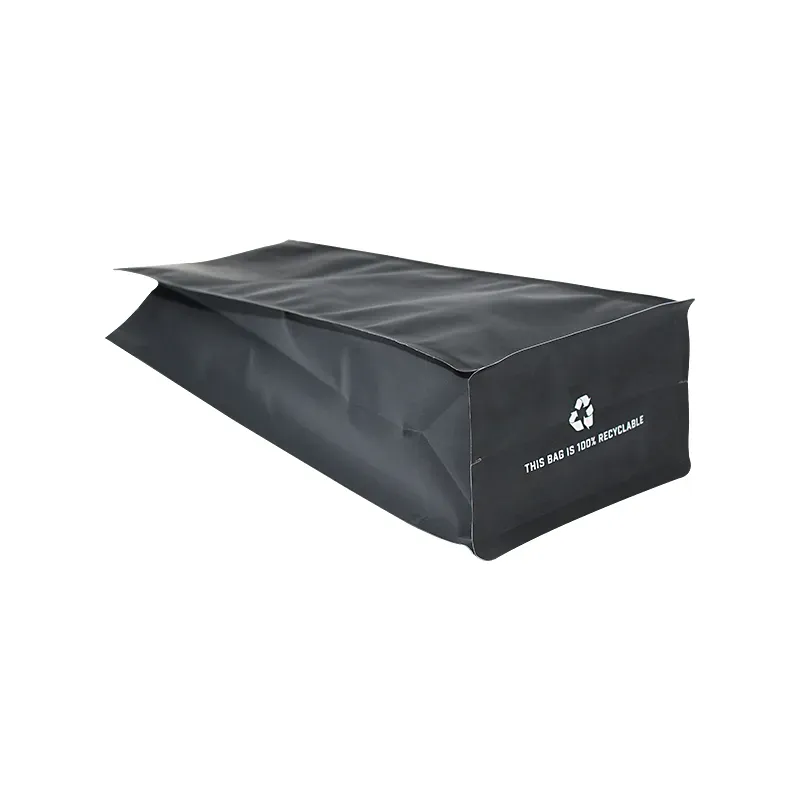- Afrikaans
- Albanian
- Amharic
- Arabic
- Armenian
- Azerbaijani
- Basque
- Belarusian
- Bengali
- Bosnian
- Bulgarian
- Catalan
- Cebuano
- chinese_simplified
- chinese_traditional
- Corsican
- Croatian
- Czech
- Danish
- Dutch
- English
- Esperanto
- Estonian
- Finnish
- French
- Frisian
- Galician
- Georgian
- German
- Greek
- Gujarati
- haitian_creole
- hausa
- hawaiian
- Hebrew
- Hindi
- Miao
- Hungarian
- Icelandic
- igbo
- Indonesian
- irish
- Italian
- Japanese
- Javanese
- Kannada
- kazakh
- Khmer
- Rwandese
- Korean
- Kurdish
- Kyrgyz
- Lao
- Latin
- Latvian
- Lithuanian
- Luxembourgish
- Macedonian
- Malgashi
- Malay
- Malayalam
- Maltese
- Maori
- Marathi
- Mongolian
- Myanmar
- Nepali
- Norwegian
- Norwegian
- Occitan
- Pashto
- Persian
- Polish
- Portuguese
- Punjabi
- Romanian
- Russian
- Samoan
- scottish-gaelic
- Serbian
- Sesotho
- Shona
- Sindhi
- Sinhala
- Slovak
- Slovenian
- Somali
- Spanish
- Sundanese
- Swahili
- Swedish
- Tagalog
- Tajik
- Tamil
- Tatar
- Telugu
- Thai
- Turkish
- Turkmen
- Ukrainian
- Urdu
- Uighur
- Uzbek
- Vietnamese
- Welsh
- Bantu
- Yiddish
- Yoruba
- Zulu
Understanding Gauges Measured in Millimeters for Precision and Accuracy
Understanding Gauges in Millimeters A Comprehensive Overview
Gauges are essential tools used across various industries, from manufacturing and construction to scientific research and engineering. These measuring devices allow for the precise assessment of an object's dimensions, ensuring that specifications are met and quality standards are upheld. In this article, we will explore the significance of gauges measured in millimeters, their types, applications, and the importance of accuracy in measurement.
What are Gauges?
Gauges are instruments designed to measure the thickness, diameter, or other dimensional attributes of an object. They can vary greatly in design and complexity, ranging from simple mechanical devices to advanced digital tools. The choice of gauge often depends on the specific application and the required precision level.
Types of Gauges and Their Applications
1. Thickness Gauges These are used to measure the thickness of materials such as metal sheets, plastics, and coatings. In industries like manufacturing and construction, maintaining the specified thickness is crucial for structural integrity and performance. Millimeter-based thickness gauges provide easy-to-read measurements, facilitating quicker assessments in daily operations.
2. Calipers Available in various forms, including digital and dial calipers, these gauges are highly versatile. They can measure internal and external dimensions as well as depths. Digital calipers, which display measurements in millimeters, are especially popular due to their ease of use and high accuracy, making them indispensable in mechanics, woodworking, and other precision-oriented fields.
3. Micrometers These are specialized gauges designed for high-precision measurements, typically in the range of a few millimeters. A micrometer can measure the thickness of small objects with great accuracy, making it crucial in fields such as automotive engineering and electronics, where even minor deviations can lead to significant problems.
gauges in mm

4. Pressure Gauges In engineering and thermodynamics, pressure gauges measure the pressure of gases and liquids, often utilizing millimeters of mercury (mmHg) as a unit. Understanding pressure readings in this unit is vital in processes such as hydraulic systems, pneumatics, and fluid dynamics.
5. Wire Gauges Used primarily for measuring the diameter of wires, these gauges are often calibrated in millimeters to ensure precise specifications in electrical and electronic applications. The right gauge ensures safety and functionality in wiring systems.
The Importance of Accuracy
Accurate measurements are critical in any application involving gauges. Even minor discrepancies can lead to faulty products, increased waste, and safety hazards. For example, in manufacturing, an incorrect thickness measurement could compromise the integrity of a component, leading to failures during operation, which could be dangerous in certain industries, such as aerospace and automotive.
Furthermore, a consistent measurement system is crucial for regulatory compliance. Many industries are governed by strict standards that dictate acceptable tolerances. Using millimeters as a standard unit helps maintain uniformity in communication among engineers, manufacturers, and international markets.
Conclusion
In summary, gauges measured in millimeters play a fundamental role in various industries by ensuring precision in measurement. From thickness gauges to micrometers and pressure gauges, these tools aid in maintaining quality and safety standards essential for successful operations. As technology continues to evolve, the importance of accurate measurements in both conventional and innovative applications will only grow, confirming the enduring significance of gauges in millimeters in our increasingly technical world.













